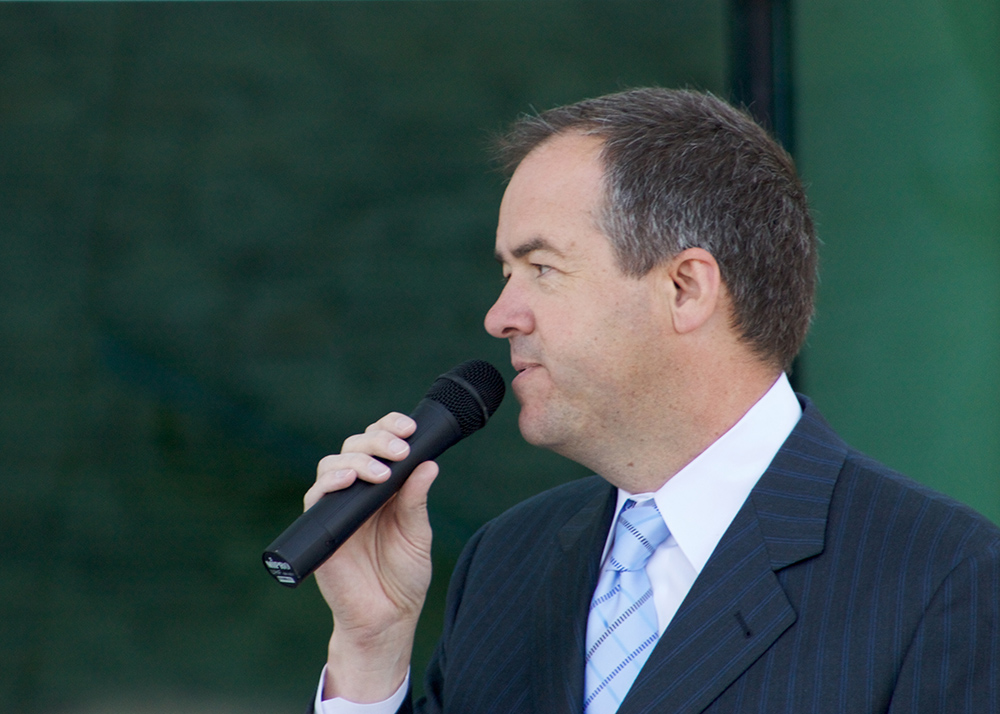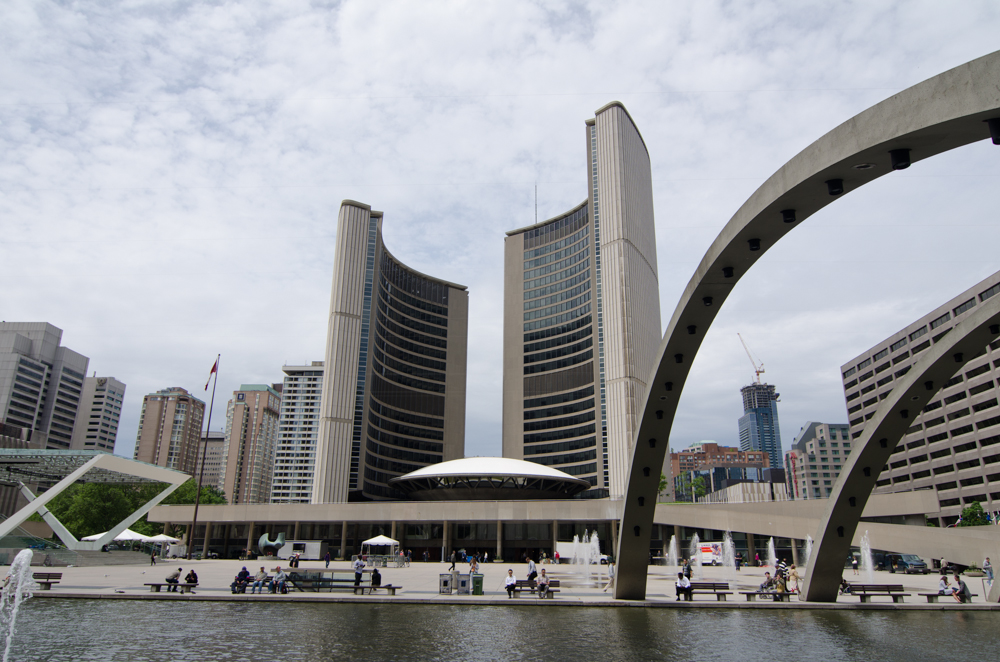In Part One of Financing Halifax’s Elections, I explored how political campaign contributions can be problematic due to the potential for corruption, loss of public confidence and a skewed legislature. Part Two examined where the money came from in 2012 and found that developers provided a significant portion of campaign funding. Now, in Part Three, I’ll look at what it all means and how campaign finance could be better regulated.
The Problem
Having development interests, especially a few large firms, provide over 50% of the money to most successful councillors indicates that there is a problem in Halifax. The optics of councillors who are funded by developers weighing in on planning issues just isn’t good. Planning is one of our municipal government’s primary functions and our representatives are receiving significant funds from the very industry they’re charged with regulating. The public has noticed thanks to the past work by the CBC, Chronicle Herald and the Coast and they have drawn their own unflattering conclusions.
The large sums of development money, which mainly flows to incumbents, may also be skewing election results. This is a hard theory to test, but when I looked at the issue in my MA thesis, I found that business and development contributions combined with carryover funds accounted for a large proportion of the funding gap between incumbents and challengers in Calgary, Halifax, Toronto and Winnipeg. This was especially true in cities (Calgary and Halifax) with very minimal rules. I suspect that money is part of the advantages of incumbency and that it contributes to the general lack of competition in local elections.
I don’t think we have a problem with actual corruption, but we definitely have issues of public confidence and, potentially, of skewed election outcomes. What could we do to reduce the role of development interests and the overall importance of campaign money?
Ban Corporate and Union Contributions
One popular solution adopted by other levels of government is to ban corporate and union contributions. There is a philosophical argument in favour of this approach, which is that only citizens who can vote should be allowed to contribute. Simply banning corporate money is, however, unlikely to reduce the role of developers. As I noted in Part Two, individuals with development ties gave a significant $13,000 in 2012, which suggests that a ban would simply lead to more money being given in this way. Ban corporate contributions and the money will instead flow directly from the CEO or members of the board of directors rather than from the company.
Contributions Limits
One measure that could be very effective is limiting the size of contributions. Contribution limits would curtail the influence of developers who tend to give large amounts of money and would likely also push candidates into mass fundraising of smaller sums. It is the cheapest and most effective measure Halifax could adopt.
The main weakness in limiting contributions is the urge of contributors to cheat. A 2007 Washington Post article noted that then Senator Barack Obama’s contributors included a two-year-old kid. The kid was, of course, really just a stand in for his Dad who wanted to donate more than the legal $2,300. When children are listed as donors, it’s pretty easy to identify fraudulent contributions, but it gets murkier when dealing with adults.

To help mitigate the impact of cheating, Halifax should be conservative and set a low contribution limit. In 2012, 288 individuals made donations of more than $50 to our councillors, which averaged out to approximately $200 each. A figure somewhere around there, or even up to $500, would be a good place to start. An exception to the limits would likely be needed for self-contributions because, for many new candidates, self-contributions are the only way of getting a fledgling campaign off the ground. Limiting self-contributions would curtail competition and add to the already considerable advantage enjoyed by incumbents.
Spending Limits
Another option to consider is spending limits. Spending limits help level the playing field between candidates and reduce the cost of elections. Spending limits are much more complex to manage. When they fail, it’s usually because they allow for too many exemptions, they don’t kick in early enough or they’re set too high to have any real impact. If Halifax were to adopt spending limits, there shouldn’t be any exempt expenditures and the limits should start a year out from election day. Campaigns should also be required to include the value of any pre-existing assets, like old signs that they intend to reuse, so that new candidates aren’t put at a disadvantage by having to use a large portion of their allowable spending to buy items that past candidates already own.
The biggest challenge regarding setting a spending limit in Halifax is the lack of public information. We know how much candidates raised in donations of more than $50, but the disclosure rules don’t include how much they actually spent. I can offer my personal experience on this point. I ran for the first time in the 2012 election and received 20% of the vote in my district. My costs were approximately $7,000, which included 200 signs, buttons, video equipment, car rentals, food and umbrellas for volunteers, some website setup costs and enough magnets and two different brochures for every door in the district. I could see costs being higher for campaigns that opt to pay for mailings, couldn’t do as much themselves in terms of graphic design, organized more events or didn’t shop around for the best prices. Something around $10,000 strikes me as reasonable, but other campaigns could be legitimately spending considerably more money. If spending limits were seriously being considered, hopefully some of our councillors would be willing to make past campaign budgets public to better inform the debate.
Surplus Funds
One of the most glaring loopholes in Halifax’s elections concerns surplus funds. Contributions in Halifax are considered a no-strings attached gift that candidates are free to do whatever they want with. This includes personal uses, which is particularly problematic if there is excess money raised. Rules regarding surplus funds in other cities typically take one of four routes: (1) they’re held in trust for future campaigns, (2) they’re forfeited to the municipality, (3) they’re donated to charity or (4) they’re returned to contributors. On the surface, holding funds in trust for future campaigns seems like the simplest approach, but this has caused problems in Toronto. Some Toronto incumbents have built up such large warchests that they don’t have to do any fundraising at all to spend their maximum legal amount. This is a significant advantage. Requiring surplus funds to be donated to the city or charity after the election strikes me as the best approach.

Public Funding
Out of all the possible measures that Halifax could undertake to reduce the importance of money and limit the influence of wealthy contributors, public funding would probably be the most effective, but it’s also likely to be the most controversial. Public funding programs come in two forms: contributor incentives to encourage more donations or direct support to candidates. Incentives to contributors, like the tax credits that exists at the provincial and federal level, tend to enjoy more wide-spread public acceptance than direct grants.
If Halifax were to undertake a public funding program, the simplest approach would be for the municipality to issue receipts to contributors that could be counted towards the provincial portion of their income tax. Unfortunately, given the current state of Nova Scotia’s finances, it seems unlikely that the province would be willing to voluntarily give up a portion of its tax revenue to fund Halifax’s elections. Since only property owners pay taxes to the municipality directly, a municipal tax credit wouldn’t work either; it would be highly unfair to the city’s many renters. The only way a contributor incentive program would work in Halifax would be if it took the form of a direct rebate to contributors. This is the approach used in Toronto where the city’s rebate program encourages small donations by returning 75% of contributions between $25 and $300. Toronto’s program still applies to larger donations, but the rate of return steadily diminishes. My past research on the subject indicates that Toronto’s program has been effective, leading to a greater proportion of small donations and less disparity between candidates than would otherwise be the case.

If Halifax were to implement a rebate program, it should be limited to small amounts. If, hypothetically, 50% of the $133,954 donated in 2012 was eligible for a rebate, then the municipality’s cost in 2012 would have been about $70,000, plus another $140,000 or so for the mayoral race and whatever additional staff resources were needed (say 1 full-time salary for simplicity). In an operating budget of nearly a billion a year, an additional $250,000-$300,000 once every four years isn’t a lot of money.
If we’re going to go the route of public funding, I think a rebate program to broaden the base of potential contributors would be the best approach, but there is a way the municipality could provide direct support that would be worth exploring: subsidized mailings. Each election, the municipality sends direct mail to every address to provide residents with information about the upcoming vote. Why not allow each candidate to include a copy of their brochure in the package? That way, every candidate would have at least one chance to reach every voter in their district and voters would benefit with access to every candidate’s platform. Since the municipality is already mailing out material, the extra cost shouldn’t be too onerous. There could be administrative issues with gathering and sorting brochures and ensuring that no offensive content or commercial advertising is slipped in, but direct support for mailing is something that is worth considering.
New Regulations
Regardless of what new rules are adopted in Halifax, almost anything would be an improvement over the current system. With no limitations on donations, developers have become the dominant source of municipal campaign funds, which threatens public confidence in municipal decisions and could be crowding out other perspectives. Bringing in contribution limits and some kind of public funding would likely produce the most beneficial change, by reducing the influence of wealthy contributors, encouraging a wider fundraising base and reducing disparities between candidates. Spending limits may also have a role to play and banning corporate and union contributions might be desirable for philosophical reasons, if not practical ones. The Province would be wise to grant HRM the power to regulate campaign finance. With the next municipal election just over a year away, there is no time like the present.


2 comments
Hi Sam. Thanks for this great series. FYI, for the list of Halifax contributors donating to councillors’ campaigns, Armco Ltd. (#1) and APL (#4) are essentially one in the same. Both companies are owned by George Armoyan. So that means Armoyan gave fives times more than any other developer. Coincidentally, APL is also applying to build a 29 storey building on Quinpool Rd. on a piece of property that is zoned for a maximum of 14 storeys. The proposal also violates the existing Municipal Planning Strategy (MPS) and Land Use By-Laws (LUB) in numerous other ways. Yet Council voted to send the proposal to the community consultation phase. In order to allow a proposal like this, which breaks so many rules, to proceed, Council has to amend the MPS and LUB. The Municipal Government Act allows Council to do this where circumstances can be demonstrated to have changed since the MPS and LUM were approved. However, neither Council no the developer has provided any justification to demonstrate that “circumstances have changed” to such an extent that over double the allowable height. Essentially, if Council approves the Armco application, they are granting him development rights that are $15 million in excess of what he could build under the current rules. Pretty remarkable return on a modest investment….
If you want to know any more about the proposal, check out this website. https://willowtreehalifax.wordpress.com/proposed-developments/
By the time we have new regulations it will be too late for Halifax. Developers are picking up choice pieces of real estate all over the city knowing that the rules will be changed to suit them. Even if we get new regulations or indeed the long awaited Centre Plan, the die will be cast. Developers will have grandfathered approvals under the old rules…..that will extend for years to come. The examples are piling up , meaningless public consultation ongoing. Once a site specific MPS amendment is approved by Council the reality means they can build just about anything provided it meets the height and sq footage approvals. All else is only to be “considered” ….by the same Council that approved the amendment…..again another meaningless round of consulation. Wellington street was a prime example of pro development Councillors having their way….over protests by staff, the public and the PAC ….the Willow Tree will no doubt follow the same path.